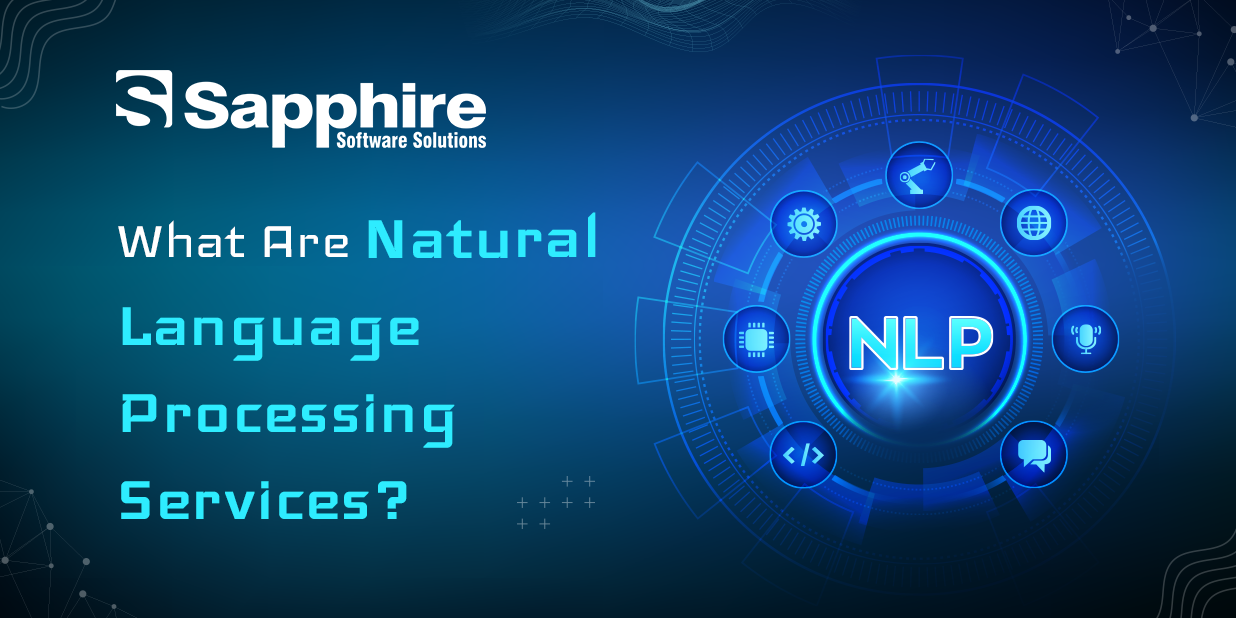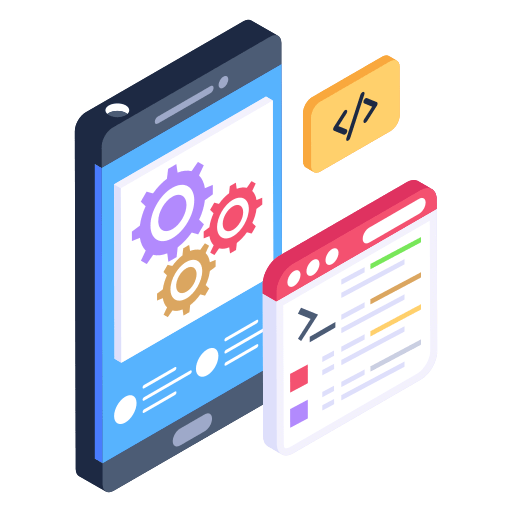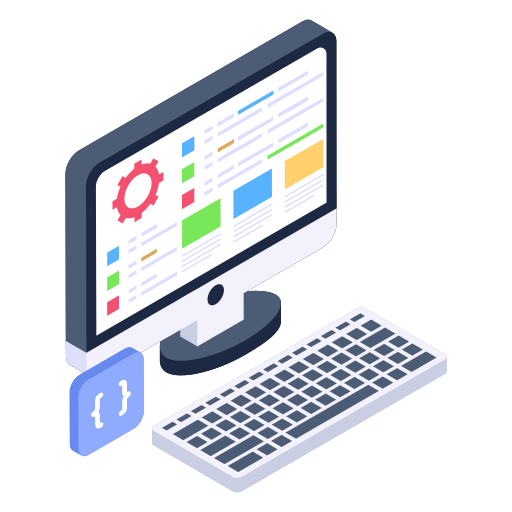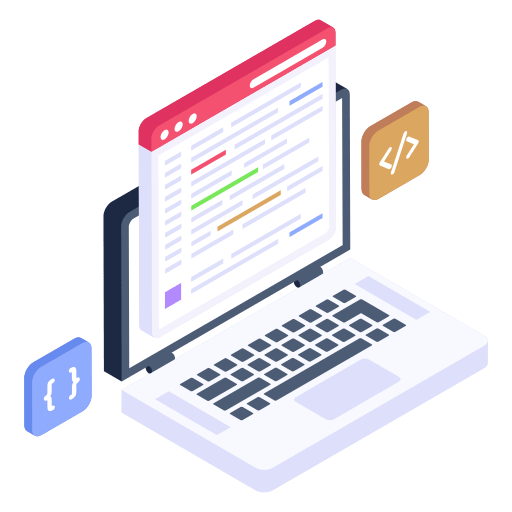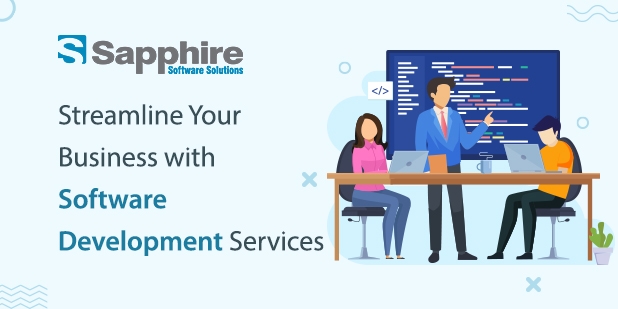I remember the first time I encountered natural language processing in action. It was 2010, and I was showing my grandmother how to use a new smartphone. When she accidentally activated the voice assistant and asked about the weather, her face lit up with amazement. “It understands me!” That moment revealed the revolutionary potential of this technology, bridging the gap between human communication and machine understanding.
At its core, natural language processing NLP is a field at the intersection of linguistics, computer science, and artificial intelligence. It focuses on enabling computers to process and analyze human language data. Unlike computer languages with strict rules, human languages are messy, ambiguous, and constantly evolving.
The journey of natural language processing in AI has been remarkable. Early systems in the 1950s relied on handcrafted rules. Today’s systems leverage sophisticated machine learning algorithms and neural networks, enabling capabilities that once seemed like science fiction.
What makes natural language processing transformative is its ability to extract meaning from unstructured text in emails, social media posts, customer reviews, and countless other forms of human expression. By making this unstructured data accessible to analysis, NLP unlocks insights hidden across your organization.
What is Natural Language Processing Used For?
The applications of natural language processing span virtually every industry. I’ve implemented NLP solutions across healthcare, finance, retail, and government sectors, each with unique challenges and requirements.
Key natural language processing applications include:
- Virtual Assistants: Siri, Alexa, and Google Assistant rely on NLP to understand voice commands.
- Customer Service Automation: Intelligent chatbots handle customer inquiries without human intervention. A retail client reduced service costs by 35% while improving satisfaction scores.
- Sentiment Analysis: I helped a healthcare provider analyze patient feedback, identifying patterns of concern that weren’t apparent to staff reading individual comments.
- Text Summarization: A legal team used NLP to summaries thousands of case documents, reducing review time by 60%.
- Machine Translation: Breaking down language barriers in business communication.
The breadth of natural language processing applications continues to expand as the technology matures, from medical diagnosis to financial compliance monitoring.
How Does Natural Language Processing Work?
Understanding how natural language processing works involves several layers of processing. I often use the analogy of learning a foreign language—you start with individual words, learn grammar, and gradually understand context and cultural references.
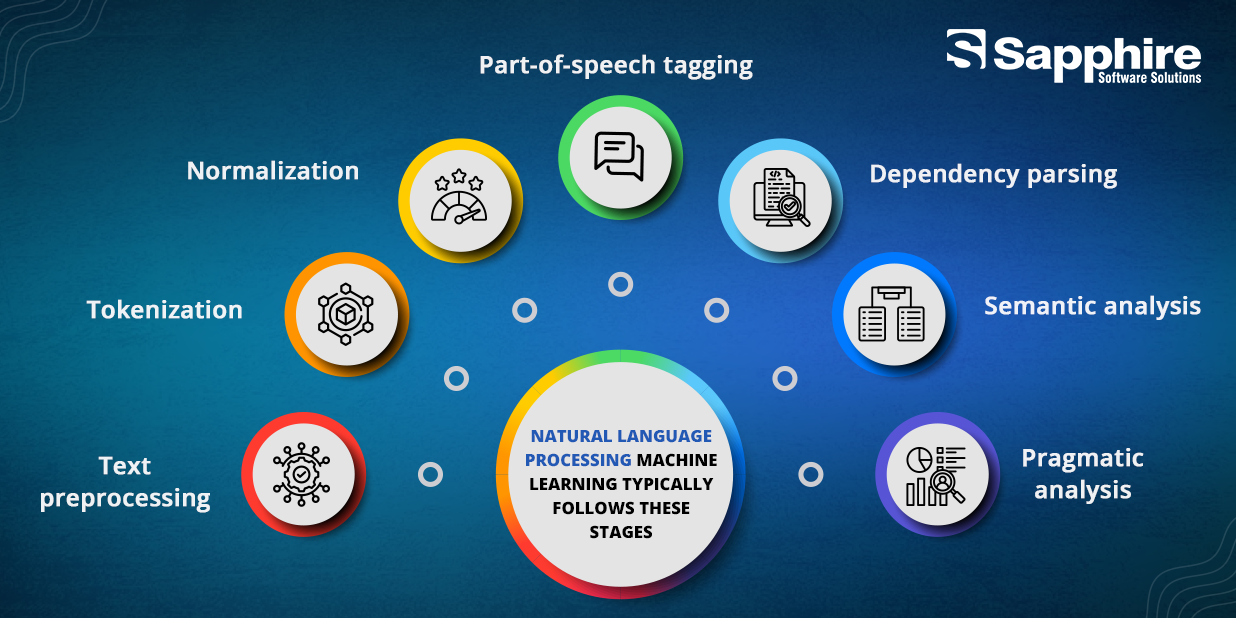
Natural language processing machine learning typically follows these stages:
- Text preprocessing: Cleaning and normalizing text for consistent input.
- Tokenization: Breaking text into smaller units. I once spent weeks fine-tuning tokenization for a healthcare client whose medical terminology included complex terms that standard tokenizers mishandled.
- Normalization: Converting words to base forms through stemming or lemmatization.
- Part-of-speech tagging: Identifying grammatical elements.
- Dependency parsing: Analyzing how words relate to each other.
- Semantic analysis: Understanding meaning, including entity recognition and sentiment.
- Pragmatic analysis: Interpreting contextual meaning beyond literal definitions.
Modern natural language processing machine learning approaches have revolutionized this field, with deep learning models dramatically improving accuracy by capturing contextual nuances in language.
Top Natural Language Processing Techniques:-
Throughout my career implementing natural language processing techniques, I’ve seen the field evolve dramatically from rule-based systems to sophisticated neural networks.
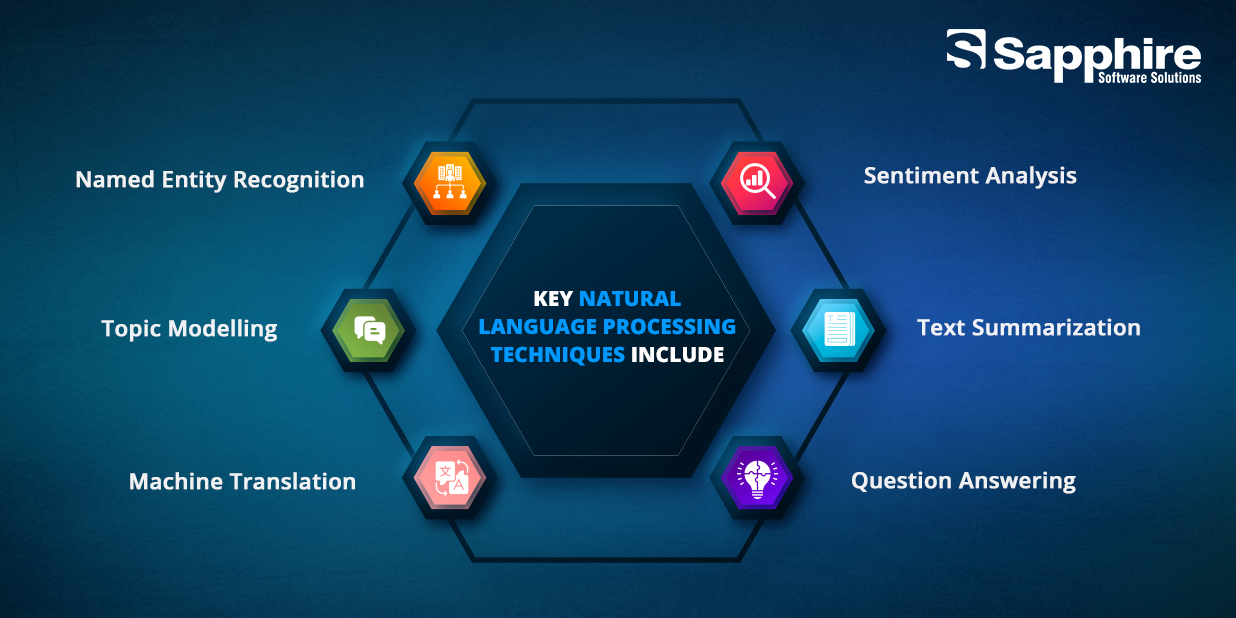
Key natural language processing techniques include:
- Named Entity Recognition: I helped a financial firm implement this to automatically extract information from thousands of contracts, reducing review time by 70%.
- Sentiment Analysis: Determining whether text expresses positive, negative, or neutral sentiment, now capable of detecting subtle emotional tones.
- Topic Modelling: When working with a publisher, we analyzed reader engagement patterns across thousands of articles, revealing surprising connections between content areas.
- Text Summarization: Condensing text while preserving key information.
- Machine Translation: Neural machine translation has dramatically improved quality by considering entire sentences.
- Question Answering: Forming the backbone of virtual assistants and knowledge systems.
The evolution of natural language processing techniques continues at a breathtaking pace, creating competitive advantages for businesses that adopt them.
Important Natural Language Processing Models:
The field of natural language processing models has undergone a revolution. I remember attending an NLP conference in 2017 where researchers were excited about modest improvements. Just one year later, transformer-based models completely redefined what was possible.
Leading natural language processing models include:
- BERT: I implemented a BERT-based system for a healthcare client that improved document classification accuracy from 78% to 94%.
- GPT: Excels at generating coherent, contextually relevant text for various applications.
- T5: Frames all NLP tasks as text generation problems, creating a versatile approach.
- RoBERTa: A refinement of BERT with improved performance.
These natural language processing models have transformed practical applications. A media client implemented a customized version of GPT to generate initial drafts of sports recaps, freeing journalists to focus on deeper analysis.
What are NLP use cases for business?
Throughout my consulting career, I’ve helped businesses implement natural language processing solutions for diverse challenges.
Compelling business natural language processing applications include:
- Customer Insight Mining: A hospitality chain analyzed 50,000 customer reviews, identifying specific service elements that drove positive sentiment. This informed investments that improved satisfaction scores by 22%.
- Intelligent Document Processing: For a legal firm, we implemented a system that extracted key terms from thousands of contracts, reducing review time by 80%.
- Voice of Employee Analysis: A manufacturing client discovered previously unrecognized safety concerns by analyzing maintenance logs.
- Competitive Intelligence: I helped a software company track feature announcements and customer reactions across their competitive landscape.
- Compliance Monitoring: A banking client reduced false positives by 65% compared to their previous keyword-based approach.
These implementations often deliver both efficiency gains and improved customer experiences.
Natural Language Processing tools:
The landscape of natural language processing tools has expanded dramatically, making these technologies accessible to organizations without specialized teams.
Popular natural language processing tools include:
- Natural Language Processing Python Libraries: Open-source libraries like NLTK, spaCy, and Hugging Face’s Transformers have democratized NLP development.
- Cloud NLP Services: All major cloud providers offer natural language processing services with API access to sophisticated capabilities. I recently used Google’s NLP API to build a sentiment analysis solution in less than two weeks.
- Specialized NLP Platforms: Vendors like IBM Watson and Microsoft Azure offer comprehensive platforms with pre-built models.
- Low-Code Solutions: Allowing business analysts to build NLP applications through visual interfaces.
- Industry-Specific Solutions: Specialized natural language processing software for regulated industries incorporates domain-specific terminology and compliance requirements.
Benefits of Natural Language Processing:
The benefits of natural language processing extend far beyond efficiency gains. While cost reduction often drives initial adoption, organizations discover unexpected value as they mature.
Tangible natural language processing benefits include:
- Enhanced Customer Experience: An insurance client implemented chatbots that resolved 78% of routine inquiries instantly.
- Accelerated Insight Discovery: A consumer goods manufacturer identified a minor packaging issue causing disproportionate frustration, leading to increased repeat purchases.
- Reduced Operational Costs: A government agency reduced document processing costs by 65% while cutting processing time from weeks to hours.
- Improved Decision Making: A healthcare client discovered unexpected patterns in patient outcomes by analyzing physician notes alongside clinical data.
- Scalable Personalization: A media client increased subscriber retention by 18% after implementing personalized content recommendations.
The benefits of natural language processing often compound over time as systems learn from more data and organizations develop deeper expertise.
Why Your Business Needs a Natural Language Processing Company?
Partnering with a specialized natural language processing company can dramatically accelerate your journey to implementing effective solutions. While some organizations successfully build internal capabilities, many struggle with the complexities without specialized expertise.
A dedicated natural language processing company brings several advantages:
- Domain Expertise: Experienced NLP partners have encountered challenges across multiple industries. When I worked with a healthcare provider on a patient feedback system, our prior experience shortened the development cycle by months.
- Technical Depth: NLP requires multidisciplinary expertise that generalist IT teams often lack.
- Ongoing Optimization: NLP systems require continuous refinement as language evolves and business needs change.
- Accelerated Implementation: For a financial services client facing a regulatory deadline, we implemented a monitoring system in 10 weeks that their internal estimate suggested would take 9-12 months.
The most effective natural language processing services partnerships blend external expertise with internal domain knowledge.
Why Sapphire Is the Smart Choice for Natural Language Processing Services?
At Sapphire, we’ve spent a decade refining our approach to delivering natural language processing services that drive tangible business outcomes. Our focus is on business value rather than technical sophistication for its own sake.
Our natural language processing services are built on several key principles:
- Business-First Methodology: We begin by understanding your specific business challenges rather than leading with technology solutions.
- Flexible Delivery Models: We adapt to your organizational readiness and resources.
- Industry-Specific Solutions: Our healthcare NLP solutions, for example, incorporate medical terminology and regulatory compliance requirements from day one.
- Full Lifecycle Support: From initial proof-of-concept through enterprise-wide deployment.
- Proprietary Accelerators: Our library of pre-built components accelerates implementation while reducing risk.
As a natural language processing company, we’ve helped organizations across the maturity spectrum. Our track record speaks for itself: 94% of our NLP implementations achieve or exceed projected ROI targets.
What is Natural Language Processing (NLP)?
I remember the first time I encountered natural language processing in action. It was 2010, and I was showing my grandmother how to use a new smartphone. When she accidentally activated the voice assistant and asked about the weather, her face lit up with amazement. “It understands me!” That moment revealed the revolutionary potential of this technology, bridging the gap between human communication and machine understanding.
At its core, natural language processing NLP is a field at the intersection of linguistics, computer science, and artificial intelligence. It focuses on enabling computers to process and analyze human language data. Unlike computer languages with strict rules, human languages are messy, ambiguous, and constantly evolving. The journey of natural language processing in AI has been remarkable. Early systems in the 1950s relied on handcrafted rules. Today’s systems leverage sophisticated machine learning algorithms and neural networks, enabling capabilities that once seemed like science fiction.
What makes natural language processing transformative is its ability to extract meaning from unstructured text in emails, social media posts, customer reviews, and countless other forms of human expression. By making this unstructured data accessible for analysis, NLP unlocks insights hidden across your organization.
Smart Communication Begins with Natural Language Processing
Conclusion:
The accelerated development of natural language processing from an academic interest to a business imperative is a testament to a fundamental reality: language lies at the core of how businesses function. Organizations that make good use of these technologies have access to intelligence that was previously trapped in unstructured text information.
The various natural language processing forms and uses illustrate how generalized these technologies are to operate across business operations and sectors. Right from customer support chatbots to document processing, from voice interfaces to analytics, NLP hits nearly every point of contemporary business. As natural language processing in artificial intelligence continues to evolve, the disparity between organizations making use of these resources and those still using manual methods will continue to increase. The issue is not one of whether your company should be using NLP solutions, but when and how rapidly you can.
At Sapphire Software Solutions, we’re dedicated to delivering these advanced technologies in accessible, usable, and meaningful ways for your particular business environment. We’d love to begin a discussion on the possibilities for natural language processing services to change your organization through actionable solutions to your most significant business issues.



















